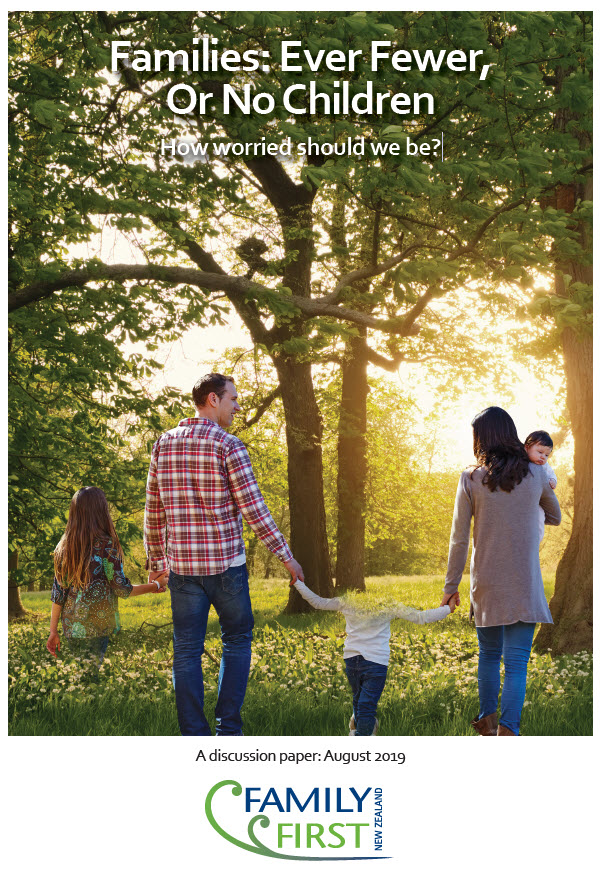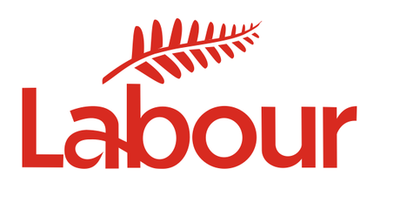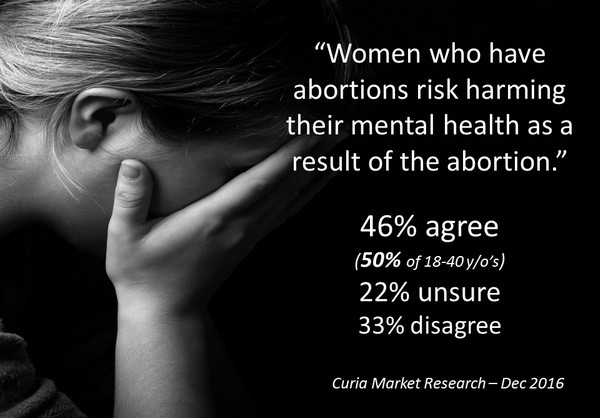Pros and Cons Of “All-Time Low” Fertility Rate – Report
 Media Release 30 August 2019
Media Release 30 August 2019
New Zealand’s total fertility rate has reached an all-time low, with an average of 1.71 children per woman in New Zealand, well below population replacement level.
“Families: Ever Fewer or No Children, How Worried Should We Be?“ – a new report from Family First NZ – looks at the reasons behind falling fertility, and discusses what might influence future trends.
Report author Lindsay Mitchell says, “In the past, government policy could positively affect the size of families. The Universal Family Benefit strongly influenced peak fertility in 1961 when women had an average of 4.3 children. But as females have become better educated and increased their work force participation, more have chosen to have fewer or no children. Economic pressures like student debt and insecure employment play a role. And now they face additional pressure from environmentalists. Meanwhile, policy interventions appear less and less effective.”
The report examines the historical context of family size; identifies some of the underlying factors affecting fertility rates, including deprivation, marital status, ethnicity and ageing mothers; discusses the implications of smaller families; and analyses some of the policies which could reverse the shrinking family. It also reviews other countries’ efforts to incentivise fertility.
“To date, New Zealand has been complacent about its total fertility rate because firstly, it fluctuated around replacement rate for a long period, and secondly, it was higher than most other OECD countries. Now we are trending down to resemble many other European and Asian nations struggling to boost fertility. As New Zealand’s fertility rate falls progressively further below population replacement level, the need to address the issue becomes more urgent.”
“Without population replacement or growth, economies decline. A nation’s strength lies in its young: their energy, innovation, risk-taking and entrepreneurship. The new blood drives the exchange of ideas and experimentation. If these attributes aren’t home-grown, they have to be imported. At an individual level, single person households are the fastest growing household type in New Zealand. Increasingly people face old-age with few or no family supports.”
“These are just some of the big picture considerations New Zealanders need to be thinking and talking about.”
“The matter of fertility is critical to New Zealand’s future. If not actively worrying about the shrinking family, at the very least the topic should feature regularly in our private and public conversations.”
“Ultimately, whether or not people choose to have a child or children is a highly personal matter, but they shouldn’t be denied balanced information to help them decide.”





